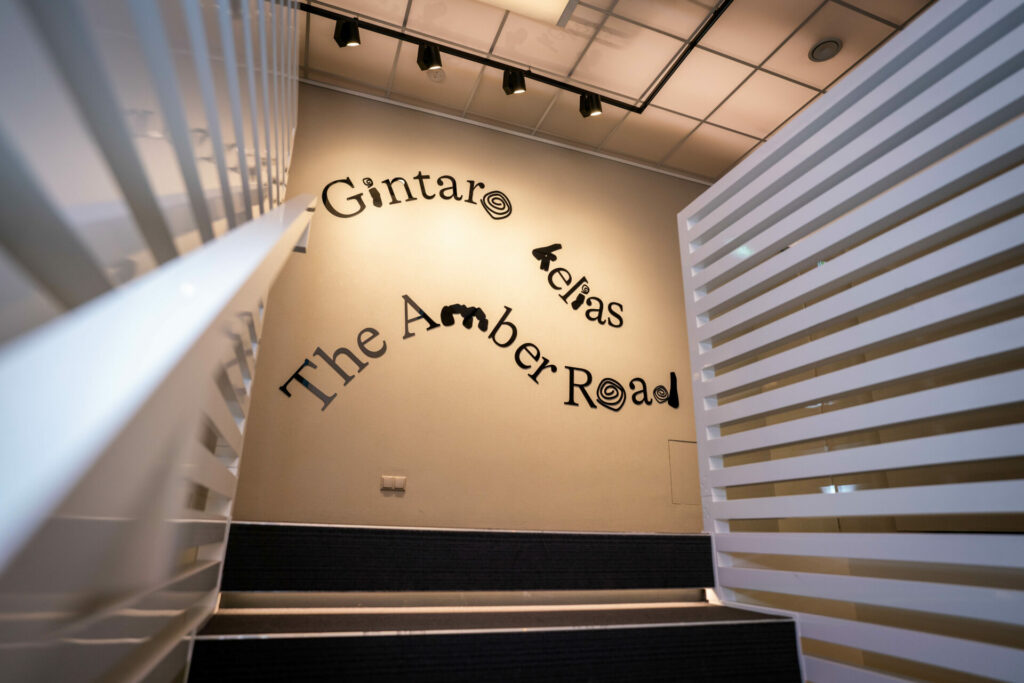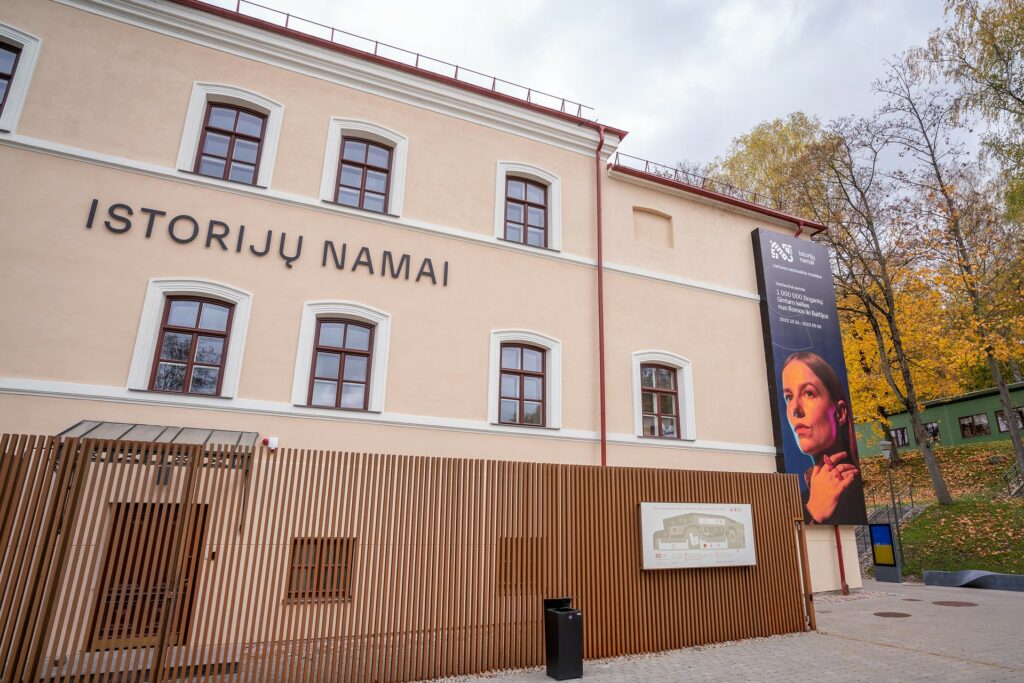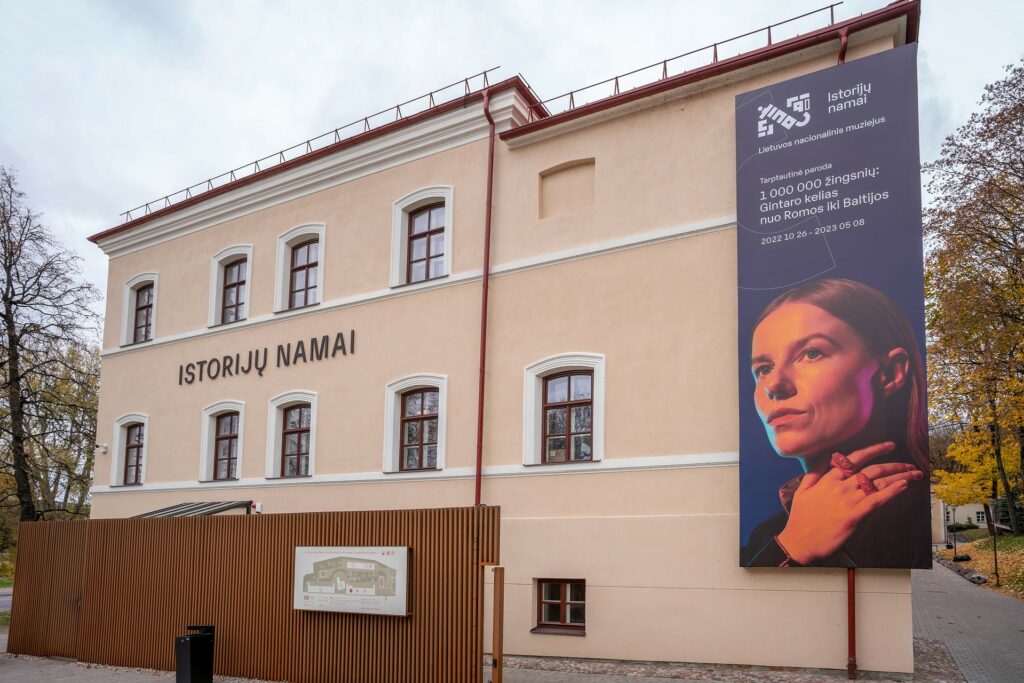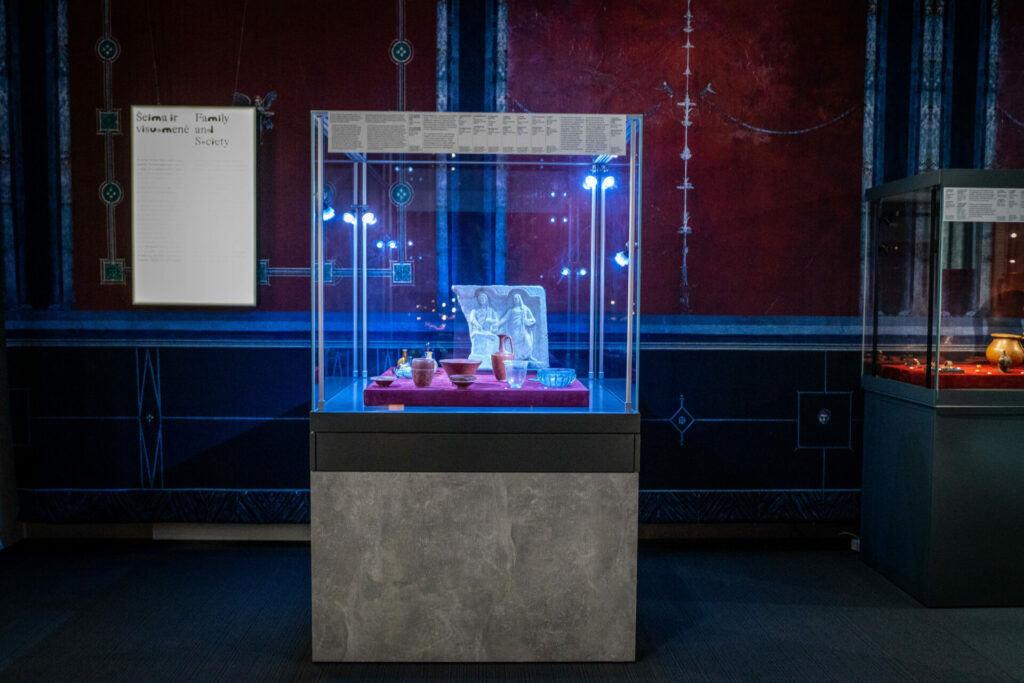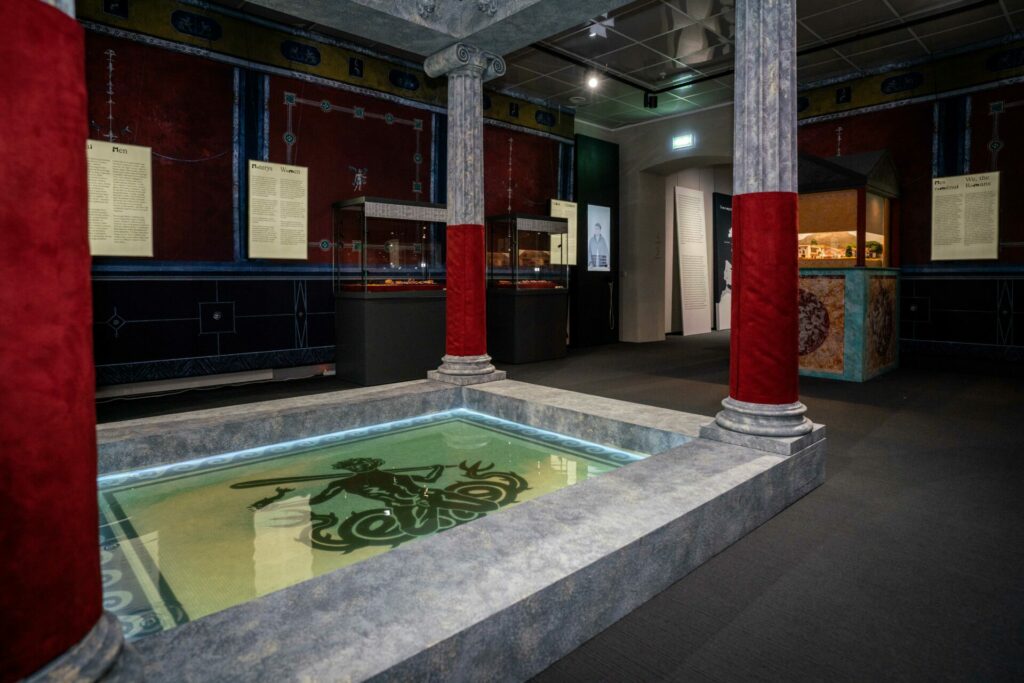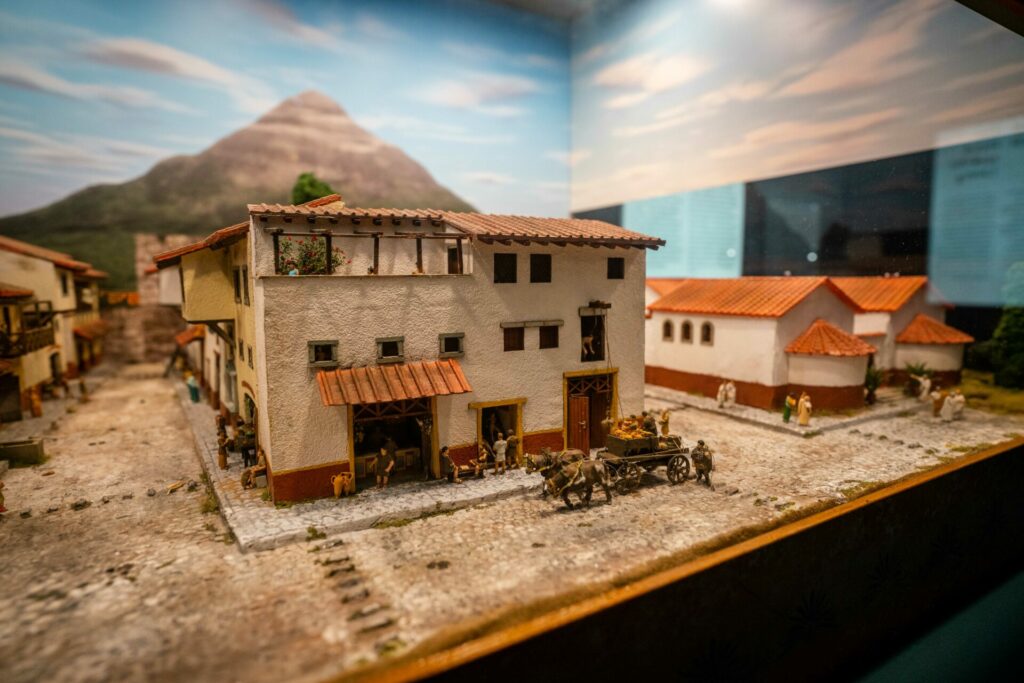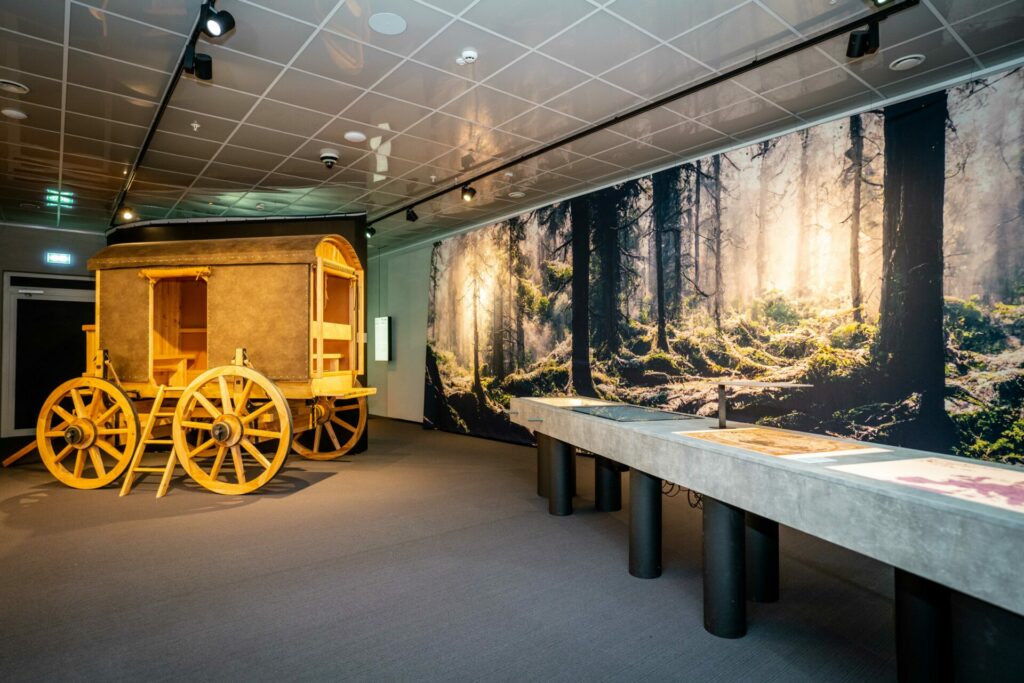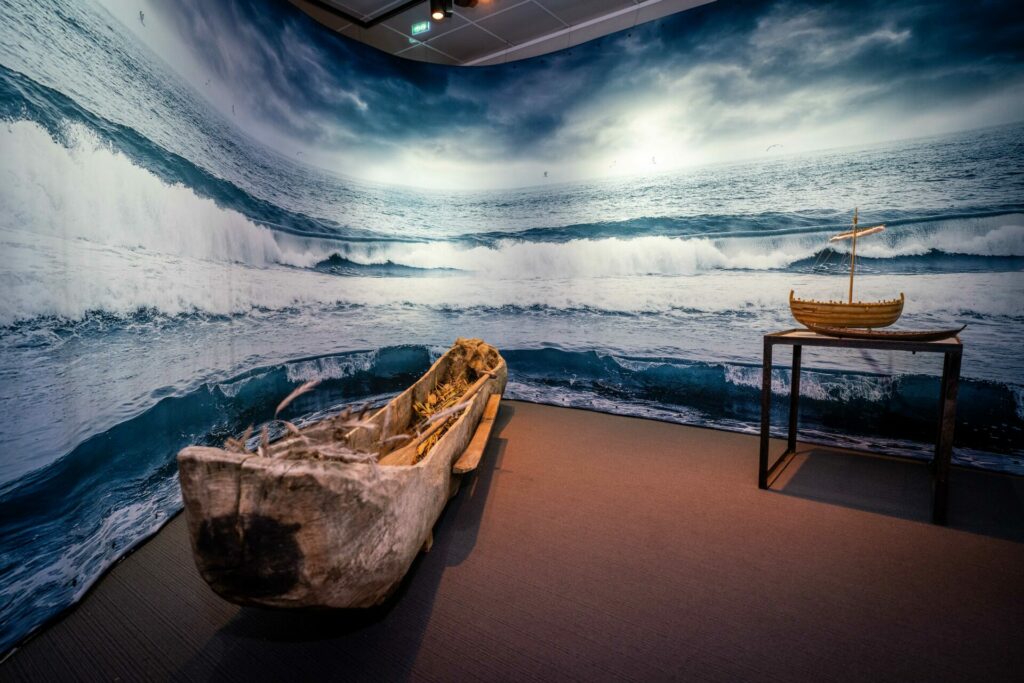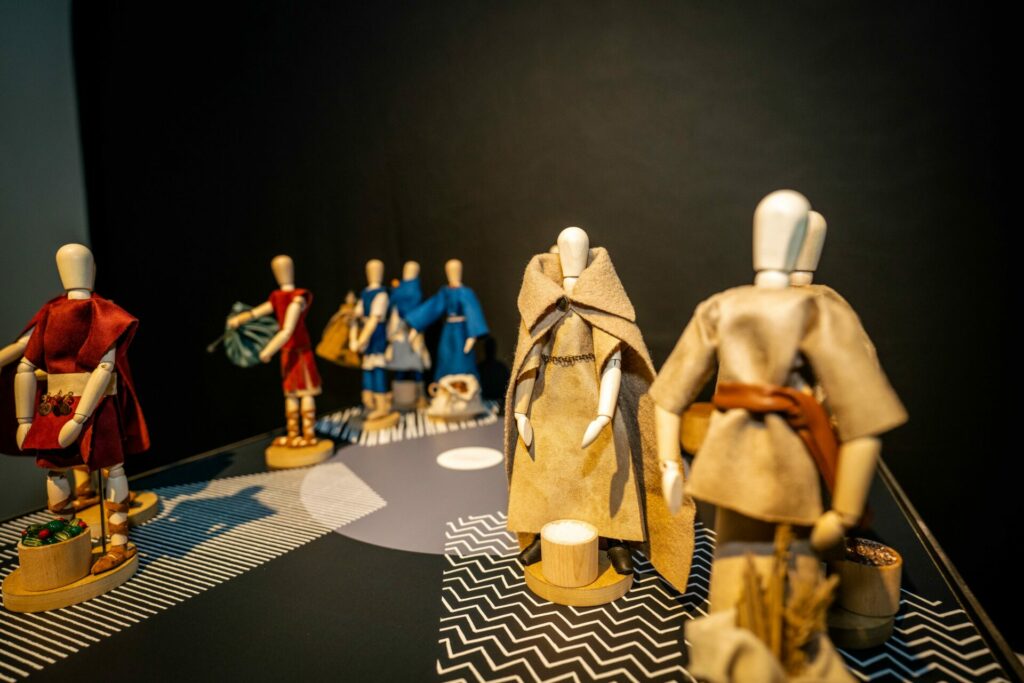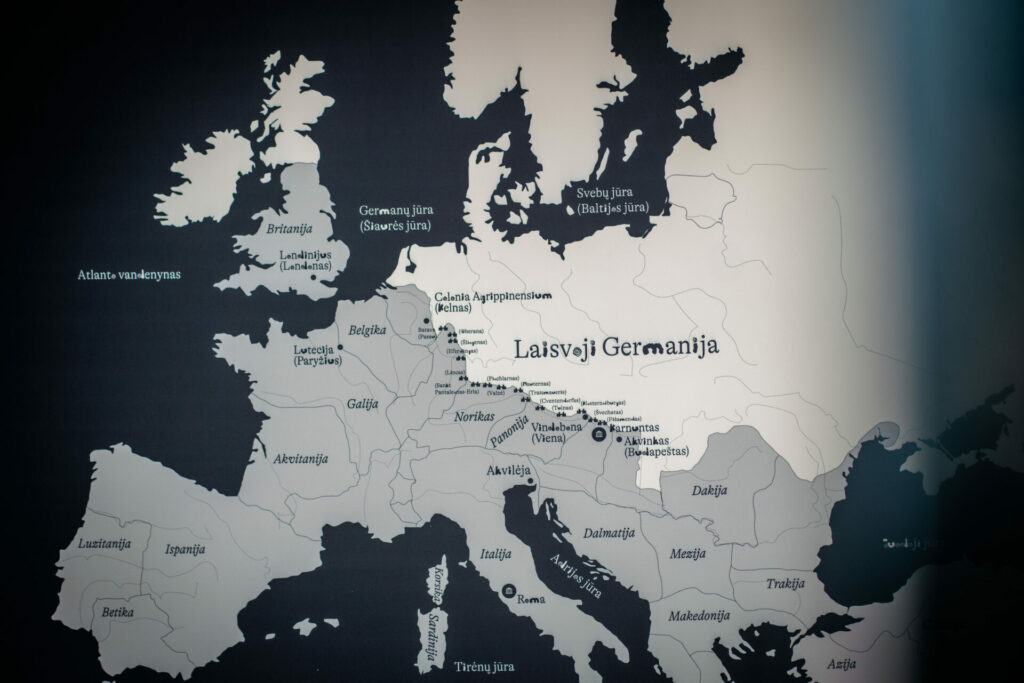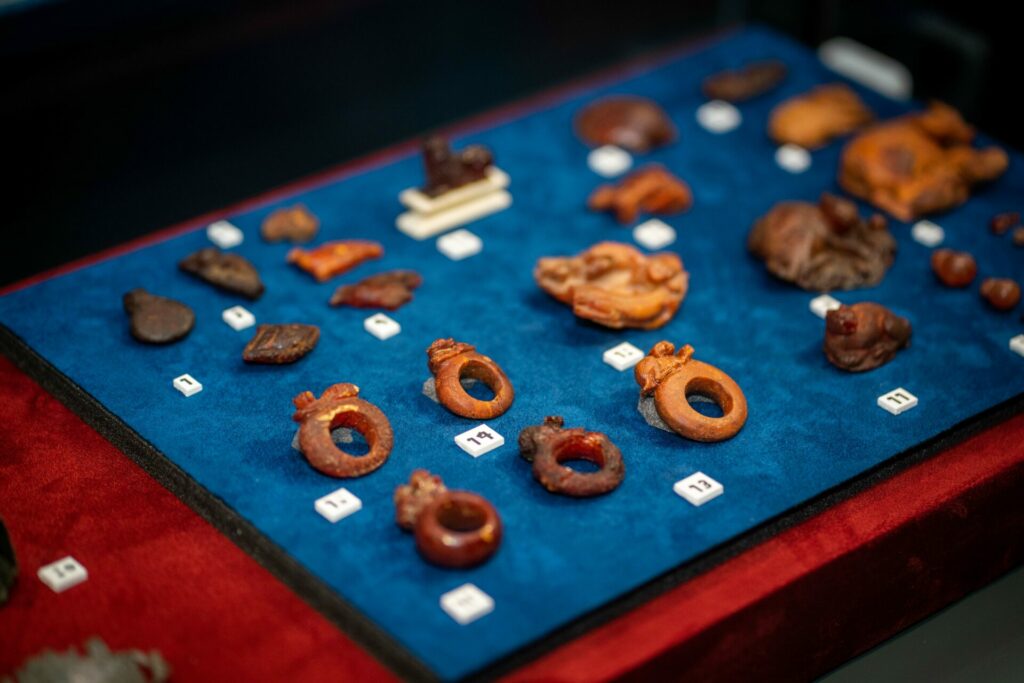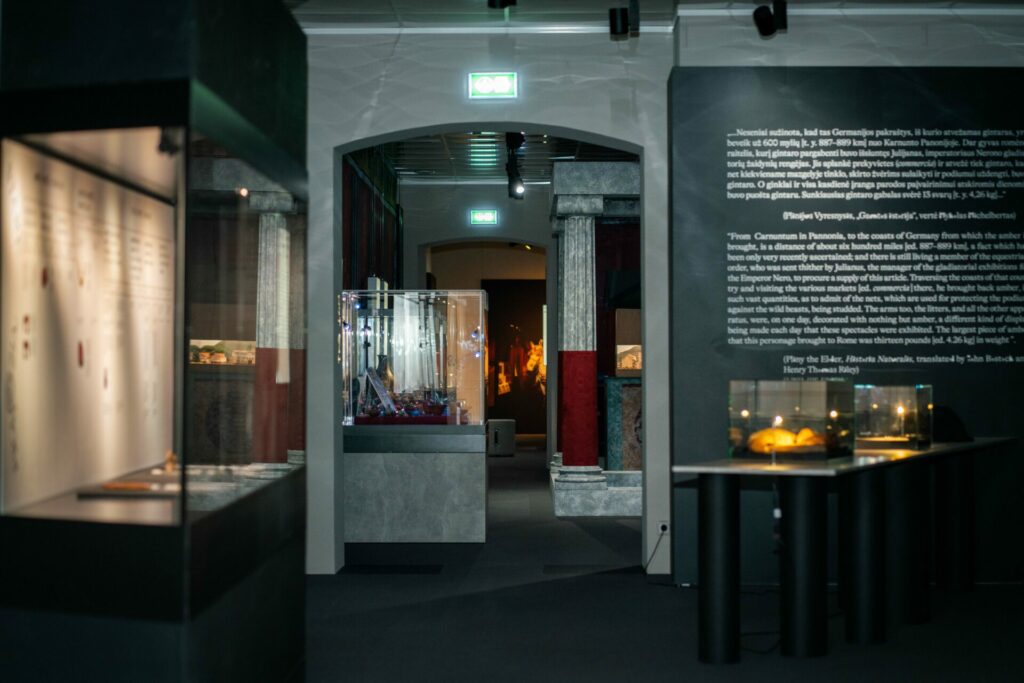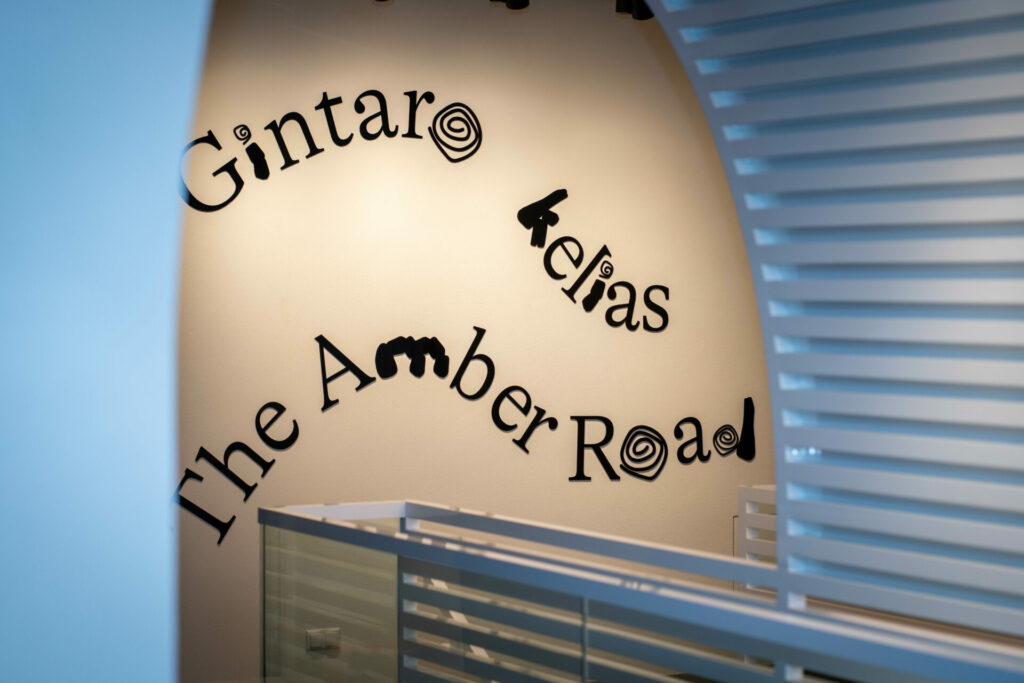Amber is often associated with amber necklaces or crosses sold in Palanga's Jonas Basanavičiaus or Vilnius Pilies streets, or Maironis's poem "Jūratė ir Kastytis" read at school, in which the angry Thunder shatters not only the hearts of loved ones, but also the amber castle of Jūrate. However, this has little to do with the real history of amber, which brought our ancestors the golden age and became the most important theme of this year's Lithuanian National Museum's international exhibition "1 Steps: The Amber Road from Rome to the Baltic".
The exhibition will take visitors to the ancient world, where amber was a real luxury item.
"Our goal is to invite today's man to recreate the Amber Road and learn how this phenomenon involved the Aisian world in long-distance exchanges, which not only stimulated economic growth, but also contributed to the flourishing of Aisian culture. One of the goals of the exhibition is to try to imagine together with the visitors how the journey that started in Rome and ended in the lands of the Aistians took place at that time", says the author of the idea of the exhibition and one of the curators, head of the Lithuanian National Museum, dr. Rūta Kačkutė.
Such cultural exchanges also led to the first mention of the Aistians: as early as 98 AD, Tacitus wrote about the Aistians, the only ones who collected amber in the shallows, worshiped the Mother of Gods, and grew crops or other crops more persistently than the lazy Germans.
Aquileia and Karnuntas
"The famous 'Amber Road' is a modern term to describe the ancient trade routes between the Baltic and Mediterranean seas, and the imperial Aquileia with its port and trade routes was the most famous Baltic amber trade and production center," says one of the curators, Lithuanian National Art Museum Palanga head of the amber museum dr. Sigita Bagužaitė-Talačkienė.
Also read
Two cities of the Roman Empire - Aquileia and Carnuntus - occupy a particularly important place in the history of the Amber Road. Aquileia was one of the largest cities of the empire and the most important amber processing center. At the exhibition, for the first time in Lithuania, it will be possible to see high-quality products made from amber by the masters of Aquileia, the main amber processing center of the empire, for decoration, as well as amulets, which people of that time believed protected against evil or diseases, and other exhibits.
Carnuntus is a fortress city of the Roman Empire, from which, according to written sources, a trade expedition to bring back amber began on the order of Emperor Nero. The Romans traveled more than 880 kilometers to the Aisian lands, which at that time could take about two months. The exhibition not only exhibits a restored chariot from Roman times, but also introduces the clothing of a Roman legionnaire and other attributes that revive the spirit of that time.
Amber did not divide, but united
An international exhibition of this scale was held in Lithuania for the first time, and the curators of the exhibition emphasize that amber was what made different societies communicate and cooperate.
"The boom in trade at the beginning of our era fueled economic growth, intensified ties between the barbarian tribes themselves, and allowed local communities to flourish. Rituals were very important in the relations between the representatives of the empire and the elite of the barbarian tribes and inside the barbarian world. Therefore, in the exhibition it will be possible to see a number of exhibits reflecting the influence of rituals and exchanges", says the curator Dr. SigitaBagužaitė-Talačkienė.
At the same time, the archaeological finds from the Baltic region will be exhibited, allowing you to admire the authentic work of the Aistians and to trace their intense contacts with the Europe of that time. "Although the Aistians lived far from the main communication routes, their life pulsated with the same rhythm as other European tribes," emphasizes curator Dr. Rūta Kačkutė.
The works of this remarkable exhibition, with a total value of over one million euros, came to the exhibition not only from six Lithuanian museums (Lithuanian National Art Museum, Kretinga Museum, Museum of the History of Little Lithuania, Šiauliai "Aušros" Museum, Vilnius University Faculty of Medicine, Vytautas the Great War Museum), but also from nine foreign museums: Vienna Museum of Art History, Karnunto Archaeological Park (Austria), National Archaeological Museum of Aquileia (Italy), Zagreb Archaeological Museum (Croatia), Dolenska Novo Mesto Museum, Posavje Brežiciu Museum, Ptuj-Ormož Regional Museum (Slovenia), Elbing Museum of Archeology and History, Gdansk Archaeological Museum (Poland).
The exhibition "1000 Steps: The Amber Road from Rome to the Baltic" opens its doors on October 000 and will run until May 27 next year at the House of Stories (T. Kosciuškos St. 8).

